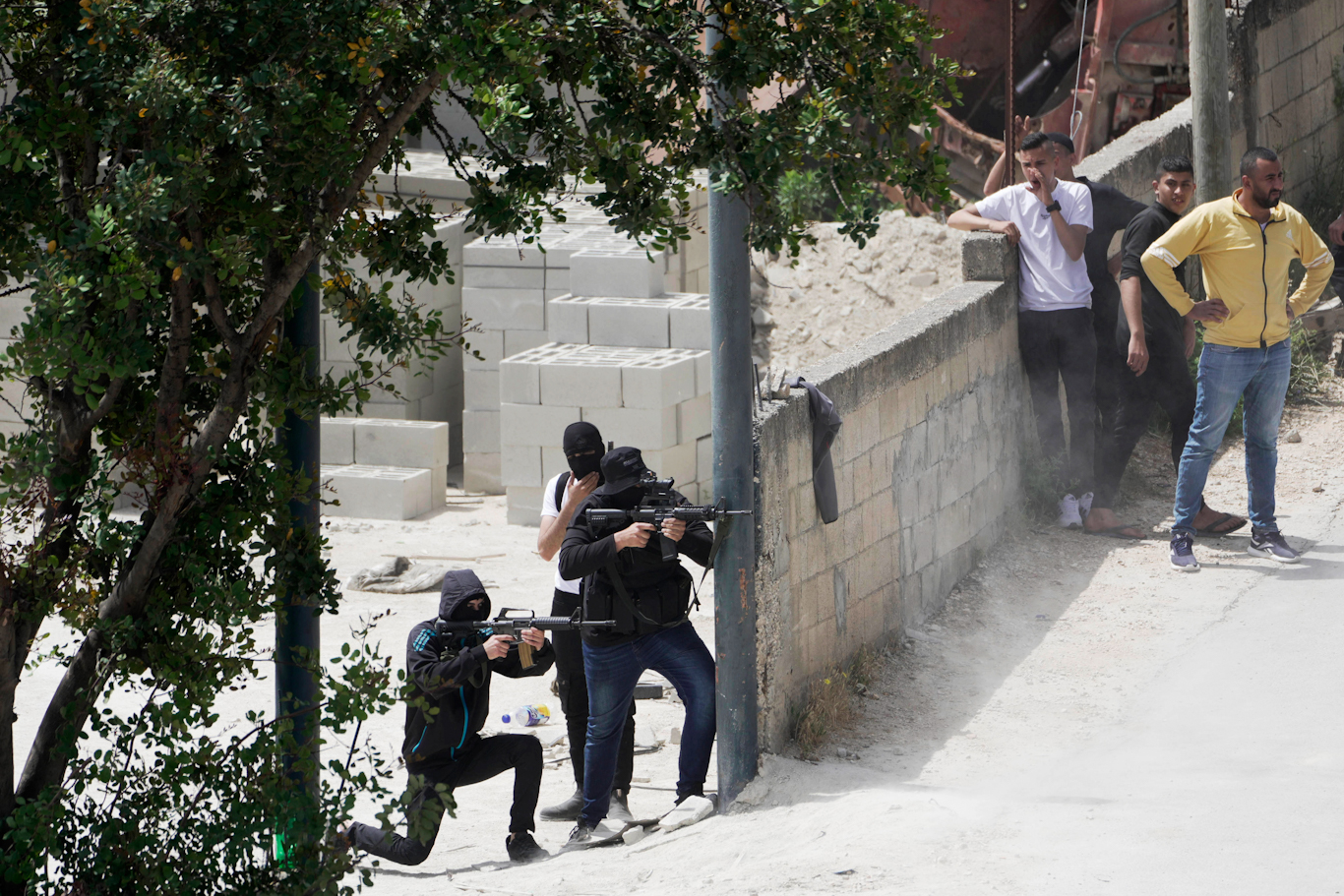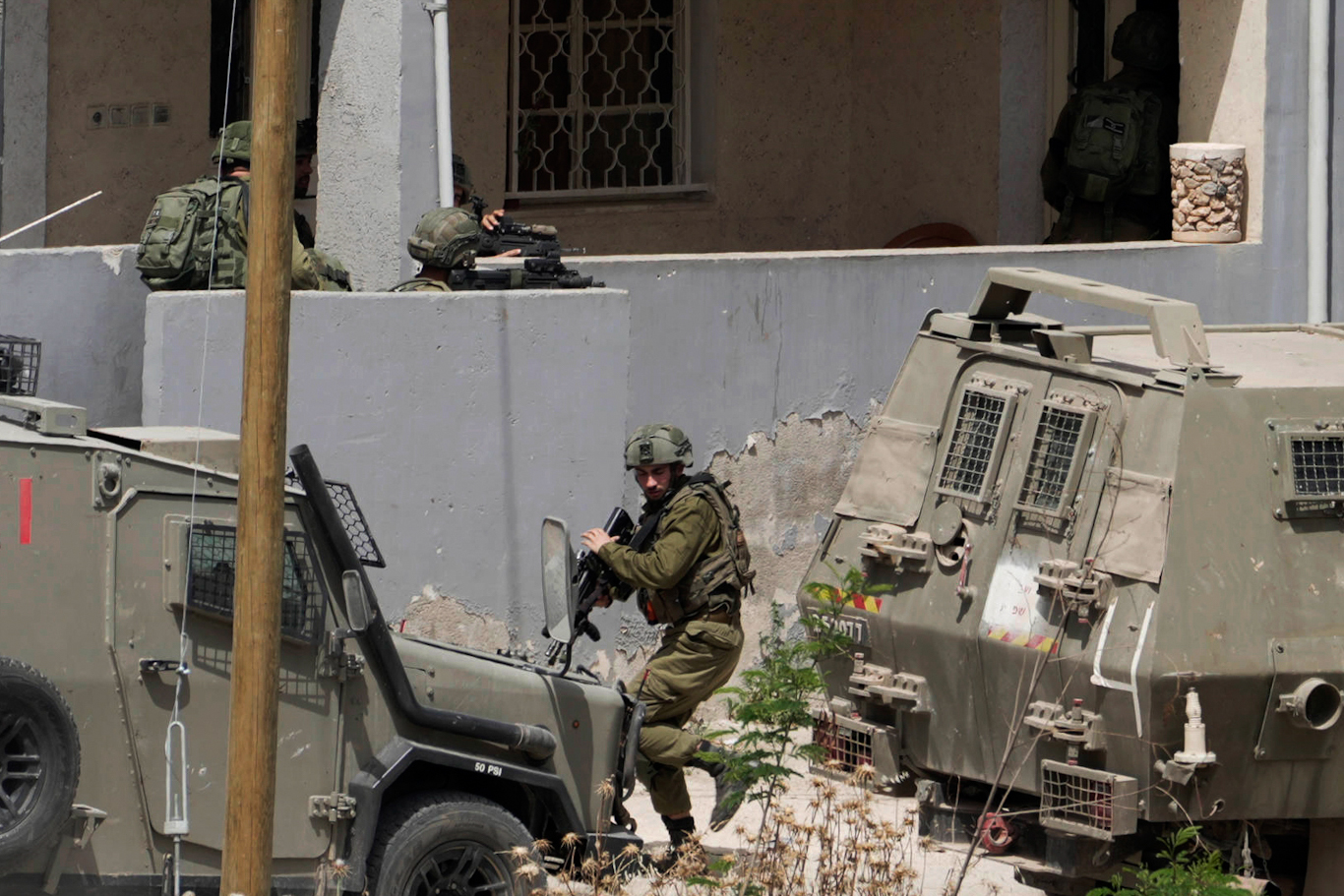JENIN, OCCUPIED PALESTINE – Israel’s announcement that it will not pursue an investigation into the killing of famed Al Jazeera journalist Shireen Abu Akleh was not surprising. The specific reasons it gave to justify the decision make little difference. However, one thing is certain: It is highly unlikely that the killing of a journalist like Shireen Abu Akleh was the decision of a lone soldier or a commander on the ground.
Abu Akleh was well known and well respected. She was clearly identifiable as a non-combatant and a journalist who posed no threat to Israeli forces. She had been in similar situations before and knew how to take the necessary precautions, including wearing a helmet and a bulletproof vest. She had to be shot by a well-trained sniper, and their identity must be known to the Israeli authorities.
There had to have been an order or, at the minimum, approval given by the highest levels of the Israeli defense apparatus, as high as the minister of defense or even the prime minister, before the sniper could execute this assassination. Then, in a pretty transparent attempt to cover up the assassination, Israel pretended to want to conduct an investigation and demanded that the Palestinian Authority, which conducted the autopsy, hand over the bullet that killed Abu Akleh.
Quoting an Israeli military official, The Times of Israel reported that “[t]he Israeli military has identified a soldier’s rifle that may have killed Al Jazeera journalist Shireen Abu Akleh.” However, it continues to claim that “it cannot be certain unless the Palestinians turn over the bullet for analysis.” The attempt to deceive is ever-so-obvious in this statement. Since it had to have been a sniper who aimed and then took the shot, there can be no doubt who pulled the trigger.
Palestinian militants?
The British paper The Guardian recently wrote, “Abu Aqleh [sic] was killed during an arrest raid by an Israeli commando unit on Palestinian militants.” Statements like this demonstrate the larger problem. The Israeli commando raids have no justification and are responsible for countless deaths of Palestinian civilians. Framing Palestinian fighters – defenders of their camp, their city and their people – as “militants,” and the Israeli invaders as “commandos,” immediately places the blame on the Palestinians and justifies the Israeli attack, thus justifying every Israeli raid.

This framing, typical in the media, allows the constant, never-ending killing of young Palestinians by Israel to go on uninterrupted. It begs the question: How many Palestinians need to die before the reporting is honest and Israel is forced to stop the killing?
Every so often, an event causes people to lift their heads and acknowledge that Israel went too far and that maybe something needs to be done. When Shireen Abu Akleh was murdered, there was a moment like that. When, a few days after the killing, her funeral procession was brutally attacked by Israeli forces, that was another such moment. But these moments are few and far between.
And these moments, even when they do come, do not last very long and yield no real results. Sometimes a letter is sent by a member of U.S. Congress; sometimes a few statements are made demanding an investigation into what took place. Then people move on and forget, and the flow of Palestinian blood – mostly young, promising men – continues unabated.
The roll of names of young Palestinians killed by Israel is too long to list; and, besides, by the time you try to write it down, more are added. The ages vary, but many are under 21. The images of weeping parents and siblings – sometimes a wife and a child, if they were old enough to marry – continue to flow as though this were some unavoidable, unpreventable curse.
In an open and frank interview I recently conducted with veteran Israeli journalist Gideon Levy, he speaks of his frustration with the Israeli media and the Israeli audiences that consume it. “The media doesn’t want to report, and the consumers don’t want to know,” Levy passionately exclaimed.
Toeing the line
When the Israeli press report on a killing, they never fail to toe the government line, so the Palestinian is always a terrorist or part of a violent riot. He or they, as the case may be, had to be dealt with, and the courageous Israeli fighters did so. From time to time, to demonstrate just how professional the Israeli forces are, they are shown in action. Images are shown of these forces entering a refugee camp, which, as of late, they have often been doing, particularly in the northern part of the West Bank.
Israel brings in several battalions of commando units, Shabak secret-police units, or anti-terrorist forces, all heavily armed and wearing the best communication and protection equipment in the world, and equipped with unlimited amounts of ammunition. Israeli forces also have the best-trained medics, the finest first-aid capabilities, and helicopters ready to evacuate an injured soldier speedily. Once evacuated, an injured Israeli soldier receives the finest medical care in modern, well-equipped facilities.

All of this to face a few young Palestinians armed with little more than M-16s. The Palestinians have no helmets, no bulletproof vests, possess limited amounts of ammunition, and risk a very high possibility of getting injured or killed. A Palestinian wounded in battle does not have access to the same level of emergency medical care as the Israeli forces. Not even remotely. Palestinian ambulances, if they can even make it to the scene, are poorly equipped, and medical facilities are far and are rarely equipped well enough to deal with severe injuries.
Life goes on
On the Israeli side, life goes on as though nothing significant happened. Watching the news makes Israeli society numb. Clashes, Palestinians killed, the coalition government facing yet another crisis, Netanyahu may or may not be close to returning to the prime minister’s chair; who knows. From time to time, an Israeli settler or an officer is killed, their name is mentioned in the news, and people cry for a few days and forget. Settlements are being built – so many thousands in the Naqab, thousands more in east Jerusalem – and people of Msafer Yota in the South Hebron Hills are being forced off of their lands, but this is all normal, nothing to worry about. Israelis travel overseas for vacation and go out to cafes and restaurants — new ones open daily. One has to try them all.
Feature photo | Mourners carry the casket of slain Al Jazeera journalist Shireen Abu Akleh during her funeral in Jerusalem’s Old City, May 13, 2022. Mahmoud Illean | AP
Miko Peled is MintPress News contributing writer, published author and human rights activist born in Jerusalem. His latest books are”The General’s Son. Journey of an Israeli in Palestine,” and “Injustice, the Story of the Holy Land Foundation Five.”


